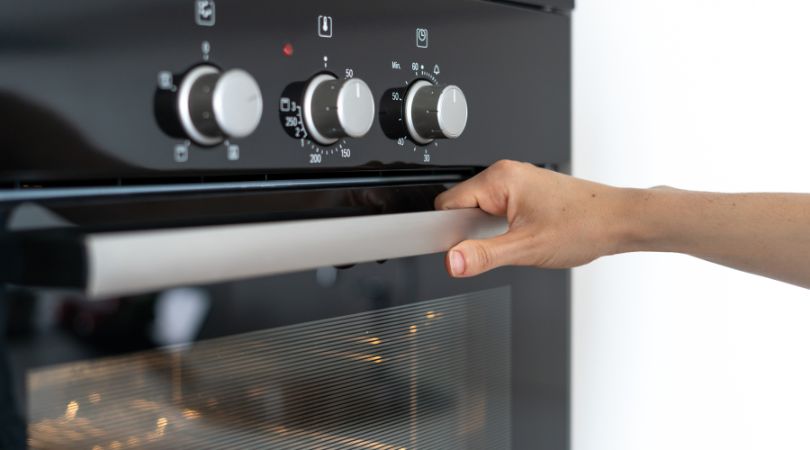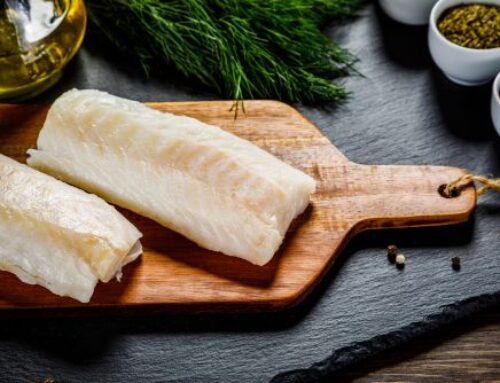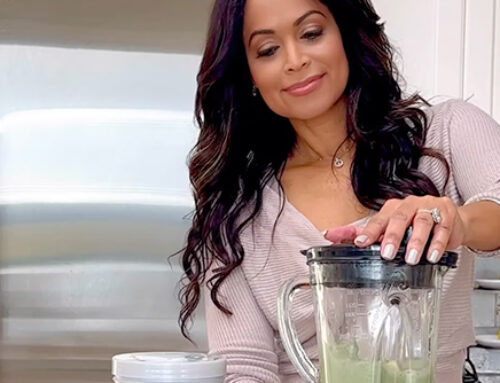Everyone needs to know how to cook. There are basic cooking methods that will help you create simple meals and fancy cooking methods that will turn your dishes into works of art. If you never had a chance to really master the basics, that’s okay. Everyone learns different life skills at different times. Keep reading to learn the four basic cooking methods.
Basic Dry Cooking: Baking and Roasting
An oven is ideal for the dry cooking methods: baking and roasting. Baking uses dry, indirect heat set at a low temperature to cook goods made of wet dough, such as breads and pastries. You can also bake other items such as vegetables and meat.
Roasting uses dry, indirect heat set at various temperatures ranging from 200 to 450 degrees Fahrenheit, and it’s generally used to cook meats and vegetables as well as some fruits. Cooks usually set the oven to a lower temperature in order to roast something for a long time, or they might set the oven to a higher temperature and roast something quickly. Meats usually do best with low-temperature, long roasting, and vegetables and fruits do better with high-temperature, quick roasting.
Basic Moist Cooking: Boiling and Steaming
You can perform most moist cooking methods on a stovetop, but you can also use certain countertop appliances or even the oven. Moist cooking often requires more precision than dry cooking, but its methods—boiling and steaming—are easy to learn.
Boiling involves bringing water to a high temperature. This is best achieved on some type of even cooktop, such as a stove-top burner. Once bubbles and steam have formed, the water is boiling, and you can fully submerge your food in order to cook it. This cooking method is best for pasta, eggs, and vegetables, as it’s designed to soften food.
Steaming involves cooking your food in the steam created by boiled water. There are several ways you can steam food, such as in a steam or conventional oven. You can also use a microwave or a pot and a steam basket. Like boiling, steaming also softens your food, and it works best on vegetables, fish, and shellfish. You can also steam certain desserts that don’t require the firmness of baking, such as panna cotta, and certain cultural dishes such as tamales as well.
As with all skills, learning how to cook takes time. The more you practice these basic cooking methods, the better you’ll get at them and the more confident you’ll be. These cooking methods are easy to learn and master, and they’re the gateways to learning more complex cooking techniques. Once you’ve mastered these cooking methods, you’ll be able to try new ones and continue to grow as a cook.





Leave A Comment